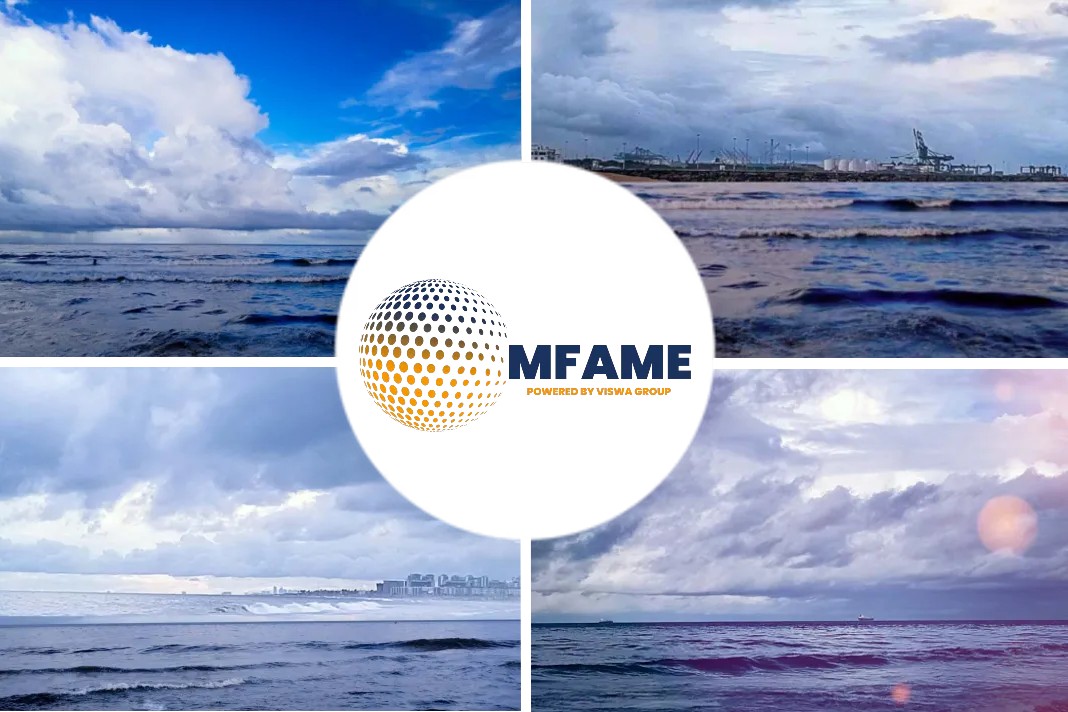- Coronavirus pandemic and oil price collapse is set to negatively affect the marine industry.
- The collapse could contract by at least 10% year on year.
- There is a narrowing spread between VLSFO and HSFO.
- The tight HSFO supply is a concern for shipowners planning to install scrubbers.
- Singapore 380 CST HSFO cargo was at a discount of $327.47/mt.
- NYMEX April WTI moved $3.01/b higher on the day to $23.38/b.
- IMO’s global low sulfur mandate will actually lead to a surge in the emissions of a super pollutant known as black carbon.
According to an article published in Platts, authored by Surabhi Sahu and Takeo Kumagai, the coronavirus pandemic and the subsequent oil price collapse is set to weigh on the global marine fuel industry.
The narrowing spread between VLSFO and HSFO
This collapse could contract by at least 10% year on year, a bunker industry expert said. The narrowing spread between very low sulfur fuel oil and high sulfur fuel oil as well as the tight HSFO supply are likely to be a concern for some shipowners planning to install scrubbers, Adrian Tolson, director at global research and consulting firm BLUE Insight told S&P Global Platts late Wednesday.
Singapore 380 CST HSFO cargo was at a discount of $327.47/mt to Singapore Marine Fuel 0.5% cargo on December 26, 2019, S&P Global Platts data showed. The spread was at a discount of $77.81/mt Wednesday, according to Platts data.
World under recession
“The economies of the world will be in recession, if not depression, for likely the balance of this year. This will damage international trade, shipping, and bunkering,“ Tolson said.
With WTI crude oil heading to $20/b, all bets are off, Tolson said.
NYMEX April WTI moved $3.01/b higher on the day to $23.38/b at 0836 GMT Thursday.
“I see in the ARA [Amsterdam-Rotterdam-Antwerp] that the bulk/wholesale spread VLSFO to HSFO is only [around] $75/mt. While it stays at these low levels I would not anticipate any high demand for scrubber installation,“ Tolson said.
Payback for such an investment is longer and much more uncertain in today’s world, Tolson said.
For some, the scrubber technology will remain a good solution even if it takes 2-3 years to recover costs, while many others continue to opt for VLSFO, he said.
“I think the spread will remain tight as long as crude remains weak. We will have to see what the future holds … we are living in the most unpredictable of times,“ he said.
HSFO supply
HSFO may still be relatively cheap but the logistics margin to get this from refinery to bunkering vessel will get larger, Tolson said.
HSFO is not available in all ports. “I think HSFO remains cheap and easily available in probably less than 20 ports worldwide. If you are thinking of installing a scrubber – you had better be calling at one or more of these ports,“ he said.
While there were worries initially about what would happen to HSFO post-2020, the market seems to have adjusted to a certain degree, Tolson said.
Continued Iranian and Venezuelan sanctions have dried up high sulfur crude and some HSFO supply, Tolson said.
In addition, refiners have adjusted crude slates where they can to low sulfur crudes, particularly in Europe, he said.
Also, a lot of HSFO has been absorbed as feedstock.
“The net impact of all this has made HSFO relatively scarce … that is not to say it is not available and oversupplied but not as much as anticipated,“ Tolson said.
Black carbon emissions
Industry coalitions such as the Clean Arctic Alliance have argued that some of the new blended low sulfur shipping fuels developed and marketed by oil companies to comply with the International Maritime Organization’s global low sulfur mandate will actually lead to a surge in the emissions of a super pollutant known as black carbon.
A paper submitted by Germany and Finland to the IMO’s PPR7 meeting in February found that these new blends contain high levels of aromatic compounds which, when combusted, lead to an increase in emissions of black carbon when compared with heavier fuels and distillate fuels.
“The first time I heard that VLSFO’s often made from straight-run fuel or VGO’s that are paraffinic and not aromatic in nature, would supposedly create a black carbon problem, I thought this made no sense,“ Tolson said.
These fuels contain very limited carbon relative to HSFO’s that we used to supply, and consequentially much more limited polycyclic aromatic hydrocarbons, or PAH, Tolson said.
“I guess you could put a blend together that meets a 0.5% spec using high carbon cutter stocks but then you would miss specifications on so many other parameters,“ Tolson said.
“It may be that down the road we will try and limit the black carbon, or carbon content, of bunker fuels. But I think the fuels we are burning today are much better for the environment, excluding the discussion on CO2, than the fuels we burned in 2019,“ he said, adding that VLSFO will continue to be the dominant fuel choice.
Did you subscribe to our daily newsletter?
It’s Free! Click here to Subscribe!
Source: Platts






















